コランダムレンガの分類は何ですか?
As a high-performance refractory material, corundum bricks are widely used in industrial fields. This article will introduce the two main categories of corundum bricks: 溶融コランダムレンガ と sintered corundum bricks, and discuss their application scope, characteristics, and production processes.
Introduction to fused corundum bricks
溶融コランダムレンガの製造工程
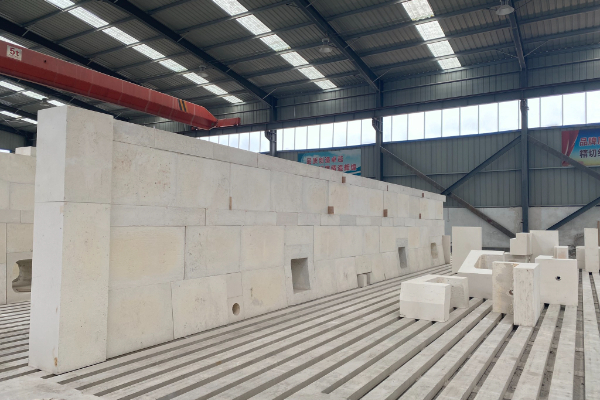
Fused corundum bricks are refractory products made from alumina powder through a high-temperature electric fusion process. In the preparation process, the alumina ore is first crushed and ground, then subjected to high-temperature electric fusion in an electric arc furnace, and finally solidified by cooling to form a hard corundum brick.
Characteristics of fused corundum brick
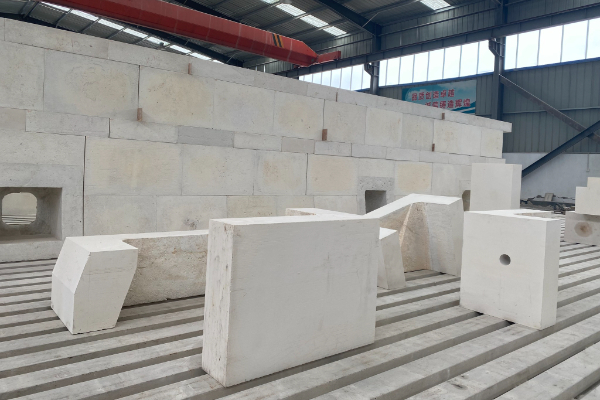
Due to their high density, 高い圧縮強度, 高温耐性, 耐食性, その他の特性, fused corundum bricks are widely used in the lining and insulation layer of high-temperature industrial equipment such as electrolytic aluminum tanks and glass furnaces.
Introduction to sintered corundum bricks
Production process of sintered corundum bricks
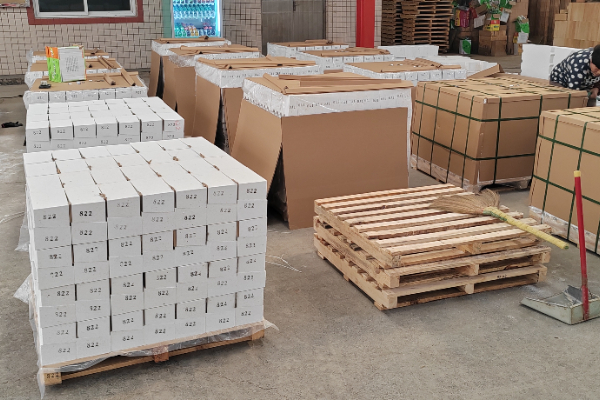
Sintered corundum brick is a refractory product made of alumina powder sintered in a high-temperature environment. During the preparation process, the alumina powder is molded or extruded, and then placed in a high-temperature baking oven for sintering, so that the particles are combined to form a solid brick.
Characteristics of sintered corundum brick
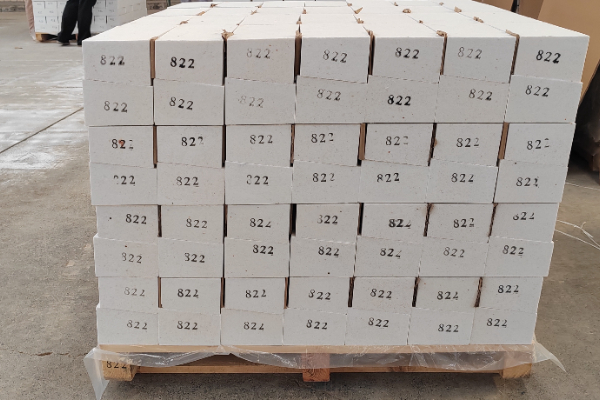
Sintered corundum bricks are widely used in industrial fields such as high-temperature furnaces, steel smelting furnaces, and cement kilns due to their excellent thermal shock stability, 耐摩耗性, and impact resistance.
Application scope of corundum refractory brick
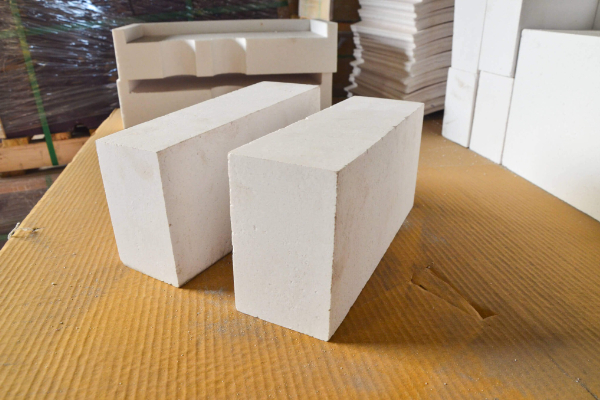
Corundum brick is widely used in many industrial fields due to its fire resistance, 高温耐性, 耐食性, and other properties:
- 冶金産業: used in the lining and heat insulation layer of blast furnaces, 電気炉, コンバーター, ひしゃく, and other smelting equipment.
- ガラス産業: As the lining of glass furnaces, its high-temperature resistance and corrosion resistance are fully utilized.
- セメント産業: In high-temperature areas such as cement kiln linings, it can effectively withstand high temperatures and chemical corrosion.
- 窯業: It has good wear resistance on the inner wall, 絶縁層, and other parts of ceramic kilns.
 栄勝耐火物工場
栄勝耐火物工場
微信
wechatでQRコードをスキャンしてください